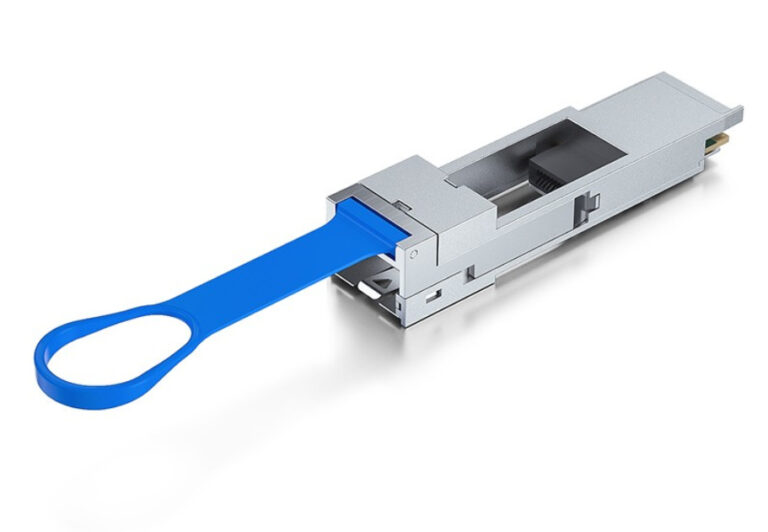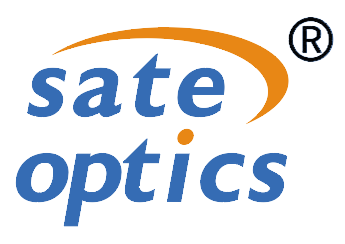100G QSFP28 to 25G SFP28 Adapter
2022-10-25 10:14:32
Sate Optics is proud to announce that the 100G QSFP28 to 25G SFP28 Adapter is now availabale !

For more information or to order the QSA Adapter, contact us at sales@sateoptics.com
FEATURES OF THE 100G QSFP28 to 25G SFP28 ADAPTER
Trouble-free installation and network bring-up
Precision process control for minimization of pair-to-pair skew
1 independent duplex channels operating at 25Gbps, also support for 10Gbps, 5Gbps data rates
All-metal housing for superior EMI performance
100 ohm differential impedance system
Single +3.3V power supply
Operating case temperature: -20 to 85°C
Low insertion loss
Low crosstalk
Secure latching mechanism
Compliant to industry standards SFF-8665 / SFF-8432-
RoHS compliant
Compatible with RoHS
APPLICATION OF THE 100G QSFP28 to 25G SFP28 ADAPTER
Low EMI radiation Switches, servers and routers
Telecommunication and wireless infrastructure
Test and measurement equipment
Networked storage systems
Data Center networks
Storage area networks
SUPPORTED TRANSCEIVERS AND CABLES BY THE QSA ADAPTER
Sate Optics’s 100G QSFP28 to 25G SFP28 Adapter accepts a huge range of 10G SFP+ and 25G SFP28 transceivers and cables types:
| Supported Transceiver/Cable | Sate Optics Part Number |
| 25GBASE-SR SFP28 Transceiver | 25G-SFP-SR |
| 25GBASE-LR SFP28 Transceiver | 25G-SFP-LR |
| 10GBASE-T SFP+ Transceiver | 10G-SFP-T |
| 10GBASE-SR SFP+ Transceiver | 10G-SFP-SR |
| 10GBASE-LR SFP+ Transceiver | 10G-SFP-LR |
| 10GBASE-ER SFP+ Transceiver | 10G-SFP-ER |
| 10GBAE-ZR SFP+ Transceiver | 10G-SFP-ZR |
| SFP+ Copper Cables (1-m to 10-m lengths) | DAC-10G-SFP |
| SFP+ Active Optical Cables (1-m to 10-m lengths) | AOC-10G-SFP |
ORDERING INFORMATION
To order or ask more information about Sate Optics’s 100G QSFP28 to 25G SFP28 Adapter, transceivers or cables contact us at sales@sateoptics.com.
You can read more about QSFP28/QSFP+ to SFP28/SFP+ Converter Module, click here.
Previous:What’s the Difference between Active and Passive Direct Attach Cables (DAC)?


